A Windless, Hazy, Sunny Morning at Sebastian Inlet
Red’s last morning at Sebastian was still with nary a breath of a breeze and lots of moisture in the air. Early on, there were two dozen Ospreys fishing the inlet. Many were twisting and turning before they dove. Only a very few succeeded in grabbing a fish, and most of those flew away from us by turning to the northwest.
Red Stevens was thrilled with what he learned and what he accomplished and was happy to get to the airport way early for his flights back to Birmingham, AL. Here is his thank you e-mail:
Subject Line: Thank You!
Artie,
At the airport all checked in. Just know how much I appreciate all your patience with me and teaching me and pushing me to be my best. You are actually a very loving and kind man that you can’t hide and anyone who has a heart can easily see.
I will work on my new skills every day. Well, most every day, and one day make you as proud of me as I am to have had you as a teacher and hopefully as a friend.
Love
Red
Sent from Red’s iPhone
To say that Red and I hit it off fabulously well would be a major understatement; we had an absolute blast. As he had never photographed a bird with a telephoto lens before he arrived in Florida, what he accomplished in one week would have been remarkable for someone half his age. I wish him a safe and productive trip to Antarctica this coming January.
Today is Monday 20 October 2025. The forecast is for possible drizzle with a northeast breeze. Eugen and I will be heading to the inlet early to meet Mishael Voisin who flew in last night from Cayman Islands. Whatever you choose to do, I hope that you too have a happy and productive day.
If you would like to join in the fun and learn an absolute ton, I have room at the AirBnB for you on the Sebastian Extended IPT any time from 25 October through and including 23 November. For complete details you can scroll down here, get in touch via e-mail, or try me on my cell at 863-221-2372. Please leave a message and shoot me a text if I do not pick up.
If an item — a Delkin flash card or reader, a Levered-clamp FlexShooter Pro, or a Wimberley lens plate or low foot — for example, that is available from B&H and/or Bedfords, is also available in the BAA Online Store, it would be great, and greatly appreciated, if you would opt to purchase from us. We will match or beat any price. Please remember also to use my B&H affiliate links or to earn 3% cash back at Bedford by using the BIRDSASART discount code at checkout for your major gear purchases. Doing either often earns you free guides and/or discounts. And always earns my great appreciation.
Gear Questions and Advice
Too many folks attending BAA IPTs and dozens of photographers whom I see in the field and on BirdPhotographer’s.Net, are — out of ignorance — using the wrong gear, especially when it comes to tripods and more especially, tripod heads. And the same is true in spades when ordering new camera bodies or lenses. My advice will often save you some serious money and may help you avoid making a seriously bad choice. Please know that I am always glad to answer your gear questions via e-mail. If you are desperate, you can try me on my cell at 863-221-2372. Please leave a message and shoot me a text if I do not pick up.
Don’t Just Shoot: Learn
If you are interested in changing your life and becoming a better photographer by joining me on the Extended IPT at Sebastian Inlet for Ospreys and more (OCT 25 to NOV 24, 2025), in San Diego for Pacific-race Brown Pelicans and more (JAN 6 to FEB 2, 2026), or for Roseate Spoonbills at Stick Marsh (March 2026), please e-mail for dates, rates, terms, and additional information. Or shoot me a text to 863-221-2372. Some offerings include options for shared AirBnB lodging and meals. Ground transportation during your stay is a possibility at times.
|
|
|
This image was created on 19 October 2025 by yours truly on a Sebastian Inlet Extended IPT. Standing at full height, I used the Robus RC-5570 Vantage Series 3 Carbon Fiber Tripod/Levered-Clamp FlexShooter Pro-mounted Sony FE 600mm f/4 GM OSS lens with the Sony FE 1.4x Teleconverter and the Latest Greatest Sony Flagship Body, the a1 II Mirrorless Camera. The exposure was determined by Zebras with Exposure Compensation (EC) on the thumb wheel. Multi Metering +1.7 stops. AUTO ISO set ISO 125: 1/30 second at f/5.6 (wide open) in Shutter Priority mode. RawDigger showed that the exposure was dead solid perfect. AWB at 7:33:12am just as the sun was breaking through the light clouds on the eastern horizon. Tracking: Zone/AF-C with Bird Eye/Face Detection enabled performed perfectly. Click on the image to enjoy the larger, inexplicably sharper high-res version. Image #1: Osprey turning with baitfish in talons/motion blur |
Necessity: the Mother of Invention. And Thus, of Pleasing Blurs
What is one to do in extreme low light conditions? Making a properly exposed sharp image of this Osprey emerging with a fish at 1/2000 second would have required an additional six stops of ISO. In other words, I would have needed an ISO of 8,000. Two minutes before, I would have needed an ISO 32000. My choice was to try for a sharply focused pleasingly blurred image. And once again, in the mega low light, Shutter Priority with Exposure Compensation (EC) on the thumb wheel is far more efficient than working in manual mode. All I needed to do to get from shooting flight blurs against the sky was to reduce the EC from +2.3 to +1.7 stops; the camera took care of everything else.
|
|
|
This image was also created on 19 October 2025 by yours truly on a Sebastian Inlet Extended IPT. Standing at full height, I used the Robus RC-5570 Vantage Series 3 Carbon Fiber Tripod/Levered-Clamp FlexShooter Pro-mounted Sony FE 600mm f/4 GM OSS lens with the Sony FE 1.4x Teleconverter and the Latest Greatest Sony Flagship Body, the a1 II Mirrorless Camera. Exposure determined via Zebras with ISO on the Thumb Wheel. ISO 3200: 1/2000 sec. at f/5.6 (wide open) in Manual mode. RawDigger showed that the exposure was dead solid perfect. AWB at 7:42:32am on a hazy, sunny morning. Tracking: Zone/AF-C with Bird Eye/Face Detection enabled performed perfectly. Click on the image to enjoy the larger, inexplicably sharper high-res version. Image #2: Osprey — adult turning in flight — dorsal-view |
Dealing With Rapidly Changing Light
As the sun struggled to break through the light clouds and fog on the eastern horizon, dealing with the rapidly changing light levels is a challenge even for those taking advantage of Sony’s Zebra technology. Once I switched to sharp with Manual mode, I went from 1/1600 sec. at ISO: 4000 to 1/4000 sec. at ISO 1250 in less than 15 minutes. That said, without Zebras, there would be a lot of guesswork involved. With Zebras, making perfect exposure after perfect exposure was easy peasy.
|
|
|
This image was created on 19 October 2025 by Alvin “Red” Stevens of Birmingham, AL on a Sebastian Inlet Ospreys and More Extended IPT. Standing at full height, he used the hand held Sony FE 300mm f/2.8 GM OSS Lens (Sony E) with the Sony FE 2x Teleconverter and the Latest Greatest Sony Flagship Body, the a1 II Mirrorless Camera. Exposure determined via Zebras with ISO on the Thumb Wheel. ISO 3200: 1/2000 sec. at f/4 (wide open) in Manual mode. RawDigger showed that the exposure was dead solid perfect: AWB at 7:45:20am on a cloudy morning. Tracking: Zone/AF-C with Bird Eye/Face Detection enabled performed perfectly. Image #3: Laughing Gull juvenile in flight — wings up |
Red’s Rig Weight Limit
For his first three days, I had Red stick with his lightweight 70-200 II and either TC. Once we had some action at the inlet, I had him go to the 300mm f/2.8 GM lens with the 1.4X teleconverter. Once head had success with that rig, he began working with at 600mm by adding the 2X TC. Mind you that at this point he had been photographing birds for a grand total of four days. The raw file for Image #3 was perfect in every way. I only needed to expand canvas above and right.
When I handed him the more versatile 200-600 G lens, he grunted at the weight and said, “No way. That one is too heavy for me.” The 300mm f/2.8 GM lens weighs 3.24 pounds. The 200-600 G lens tips the scales at 4.65 lbs. The weight difference of just under 1 1/2 pounds is simply too much for some folks.
|
|
|
This one was created on 19 October 2025 at Sebastian Inlet State Park by IPT veteran Eugen Dolan on an Extended Instructional Photo-Tour. Standing at full height on the South Jetty, he used Sony FE 200-600mm f/5.6-6.3 G OSS lens (at 600mm) and The Latest Greatest Flagship Body, the Sony a1 II Mirrorless Camera. The exposure was determined via Zebras with ISO on the Thumb Wheel. ISO 3200: 1/3200 sec. at f/6.3 (wide open) in Manual mode. RawDigger showed that the exposure was perfect. AWB at 7:57:11am on a hazy, sunny morning. Tracking; Zone/AF-C with Bird-Eye/Face Detection performed perfectly. Click on the image to enjoy the larger, inexplicably sharper high-res version. Image #4: Osprey in flight with mullet |
Light Angle Considerations
Once I saw the bird in Image #4 hit the water and struggle to take flight, I called out, “Osprey with a fish at 12 o’clock” (slightly west of north). Both Eugen and I got on the bird quickly as it flew to our right (to the southeast). The bad news was that with each wingbeat, the bird got more and more off sun angle. Because of that, I stopped shooting well before Eugen. The good news for him was that the haze reduced the contrast enough so that I was able to create a decent .TIF file. He wound up with a lot more pixels on the subject with his shorter focal length (600mm) than I did working at 840mm.
|
|
|
From upper left clockwise around to center: Osprey with fish at dawn; Osprey with menhaden; Osprey with Mullet; Mullet school under attack from below; Wood Stork landing; Tarpon jumping; Reddish Egret landing; Osprey turning to begin dive; Osprey with Yellow-tailed Menhaden. Click on the composite to see a larger, inexplicably sharper high res version. All images copyright 2025 Arthur Morris/BIRDS AS ART |
Sebastian Inlet in Fall
Sebastian Inlet in the fall attracts schools of migrating saltwater fish that in turn attract dozens of Ospreys — we’ve counted 61 in the air at once, along with hordes of hungry birds including Brown Pelican, Royal Tern, and Laughing Gull. Other species of birds feed on smaller baitfish; those include Wood Stork, Reddish Egret, Snowy Egret, Great Egret, Great Blue heron, Little Blue Heron, and White Ibis. Sanderling and Ruddy Turnstone are easily photographed. American Avocet is an uncommon visitor. Rare gulls have included Lesser Black-backed Gull (all ages), Franklin’s Gull (first winter), and in 2024, a spectacular young Sabine’s Gull that remained for several weeks.
As this location provides world class action for at least two months each year, bird photographers travel to Florida’s East Coast from all over the planet. You are invited not only to join me but to learn a ton about bird photography. Remember that the more time you spend at great locations, the more chance you have to enjoy perfect weather conditions and opportunities that leave you in awe.
The shared AirBnB approach has proven to be tremendously popular and is hugely beneficial to learning.
|
|
|
From upper left clockwise around to center: Osprey with fish at dawn; Osprey with menhaden; Sanderling flock bird-scape blur; Royal Tern with large baitfish; Brown Pelican diving silhouette; 1-second breaking wave blur; Osprey with Yellow-tailed Menhaden blur; Osprey in flight/full downstroke; Snowy Egret/double overhead wingstretch. Click on the composite to see a larger, inexplicably sharper high res version. All images copyright 2025 Arthur Morris/BIRDS AS ART |
2025 BIRDS AS ART Sebastian Inlet Ospreys and More In-the-Field Sessions
Available Dates: Friday 26 September (arrive on Thursday 25 September) thru the morning session on Mon 24 November 2025.
Limit: four photographers.
In 2024, I had an AirBnB in Vero Lake Estates for 26 nights. I had so much fun and enjoyed so many great opportunities that I am returning next fall for two full months; the AirBnB is just 22 minutes from the inlet.
Getting There
You can fly to Orlando International Airport (MCO) and rent a car or fly to Melbourne International Airport (MEL) and explore the possibility of airport pick-up and drop-off or a taxi or uber ride to and from the AirBnB. Rides with me are available for $15/day on a space available basis. Folks who ride with me do not need to purchase a park pass but will need to kick in $2.00/day when we are charged.
|
|
|
From upper left clockwise around to center: Osprey diving; Osprey with menhaden; Brown Pelican with Yellow-tailed Menhaden in bill pouch; Sabine’s Gull/juvenile top shot; Osprey landing on Cabbage Palm stump; Wood Stork sunrise silhouette; American Avocet running with wings raised; Osprey diving with talons outstretched; Peregrine with wings fully raised. Click on the composite to see a larger, inexplicably sharper high res version. All images copyright 2025 Arthur Morris/BIRDS AS ART |
What You Will Learn
The very best news is that you will be able to take everything you learn home with you so that you will be a better photographer wherever you are and whenever you photograph.
|
|
|
From upper left clockwise around to center: Osprey with Yellow-tailed Menhaden; Osprey overhead with bunker; Osprey with Yellow-tailed Menhaden; Osprey chase; Great Egret with pinfish; Osprey emerging with flounder; Great Egret taking flight; Osprey kiting; 1/8 second sunrise Atlantic Ocean blur. Click on the composite to see a larger, inexplicably sharper high res version. All images copyright 2025 Arthur Morris/BIRDS AS ART |
Trip Costs and Booking Details
Change Your Life
Book any 3-6 Days: Lodging is $175/night. Instruction is $600/day. There is a morning session every day. Afternoon sessions average every other day. Image review and Photoshop sessions are usually daily.
Please note: Folks who sign up for an odd number of days of instruction will enjoy half + 1 afternoon sessions (more are possible if conditions are good) Those who sign up for an even number of days will enjoy at least 1/2 that number of afternoon shooting sessions (more are possible if conditions are good)
Book any 7-10 Days: Lodging is $160/night. Instruction is $575/day. There is a morning session every day. Afternoon sessions average every other day. Image review and Photoshop sessions are almost daily.
Book any 11-14 Days: Lodging is $150/night. Instruction is $550/day. There is a morning session every day. Afternoon sessions average every other day. Image review and Photoshop sessions are almost daily.
Book any three weeks: Lodging is $130/night. Instruction is $525/day. There is a morning session every day. Afternoon sessions average every other day. Image review and Photoshop sessions are almost daily.
Stay for one month (28 nights): Lodging is $120/night. Instruction is $500/day. There is a morning session every day. Afternoon sessions average every other day. Image review and Photoshop sessions are almost daily.
Stay two months (60 nights): Lodging is $100/night. Instruction is $475/day. There is a morning session every day. Afternoon sessions average every other day. Image review and Photoshop sessions are almost daily.
Brunch is on me. Dinners are provided for $20/day. I am an excellent chef and the food both healthy and of high quality.
Please note: your day of arrival is not a day of instruction.
Deposit Information
Payment in full is due now. Please make the check out to:
BIRDS AS ART
And send it via US Mail to
BIRDS AS ART
PO Box 7245
Indian Lake Estates, FL 33855
I hope to spend some quality time with you at Sebastian Inlet in the fall of 2025 and to change your life. If you have any questions, please get in touch via e-mail or with a text to 863-221-2372.
Typos
With all blog posts, feel free to e-mail or to leave a comment regarding any typos or errors.

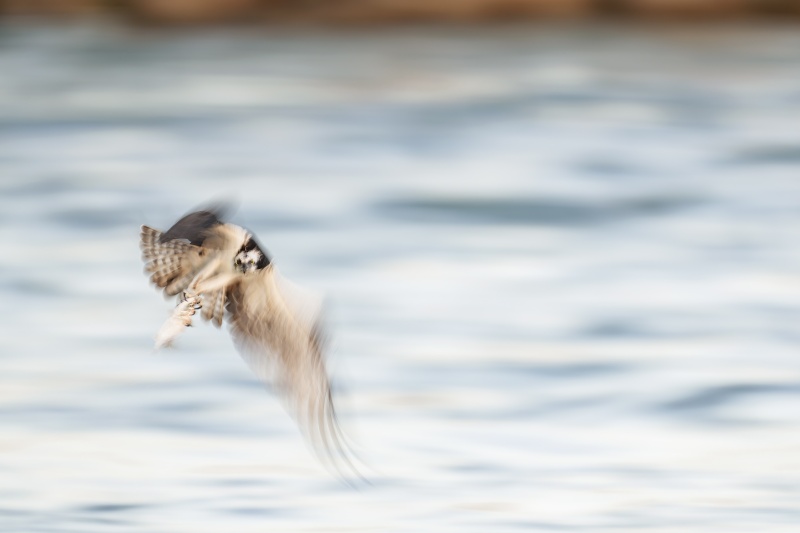
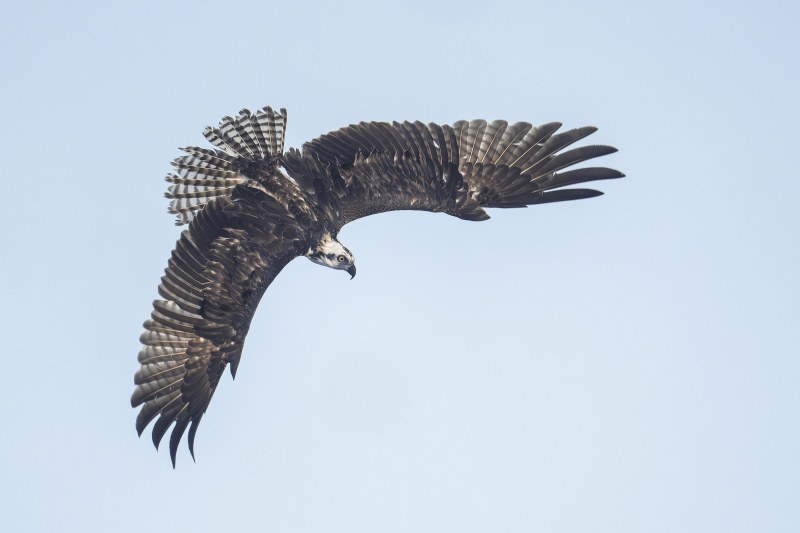
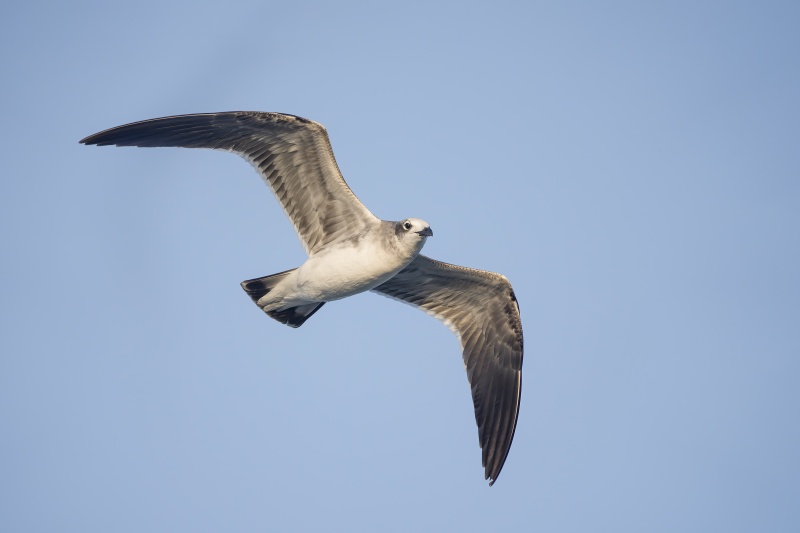
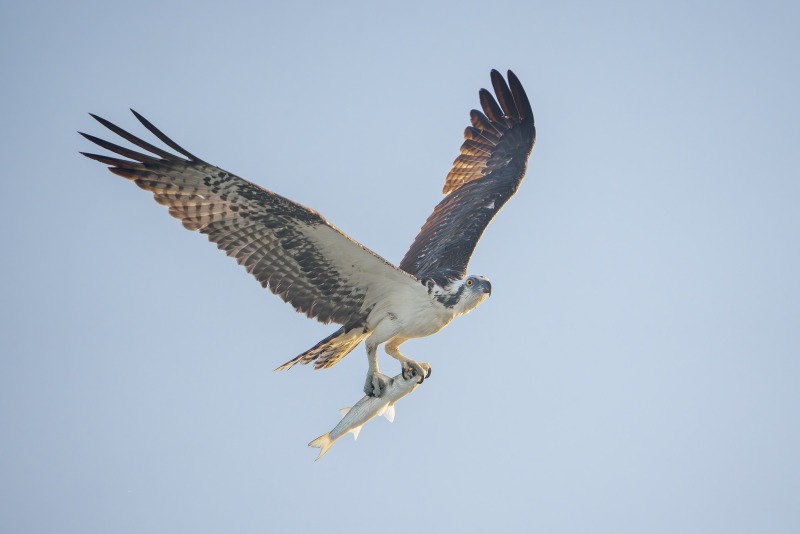
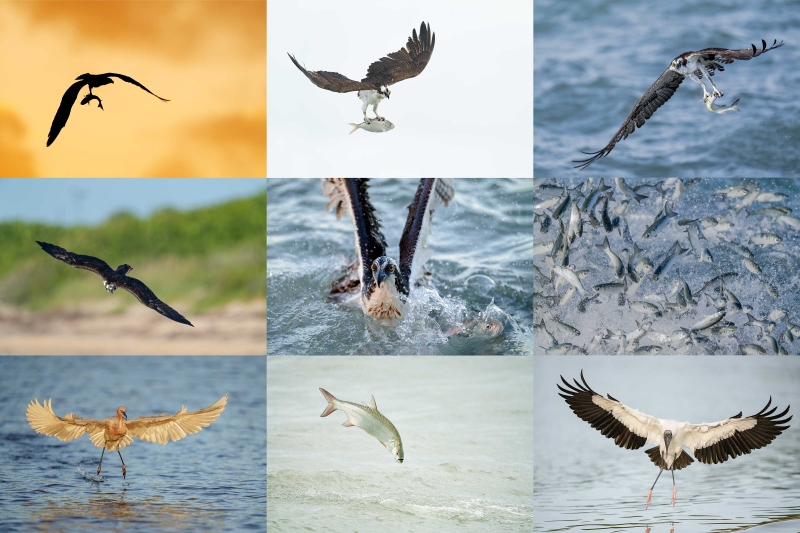
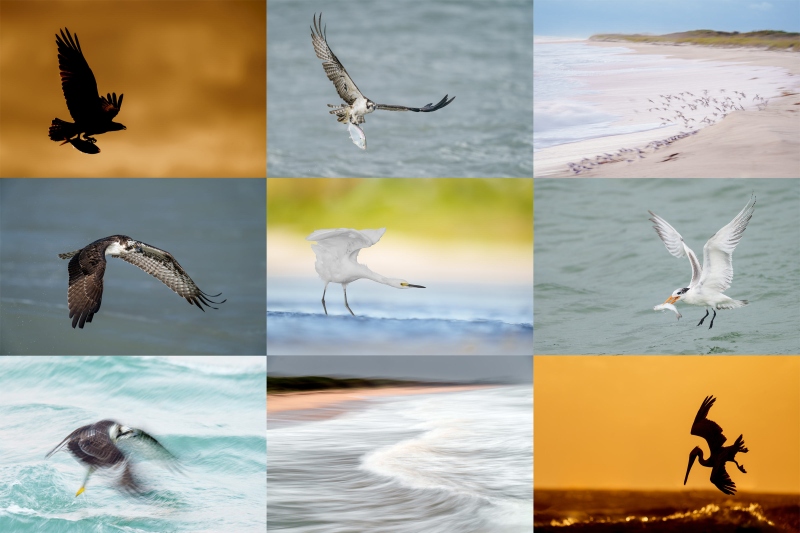
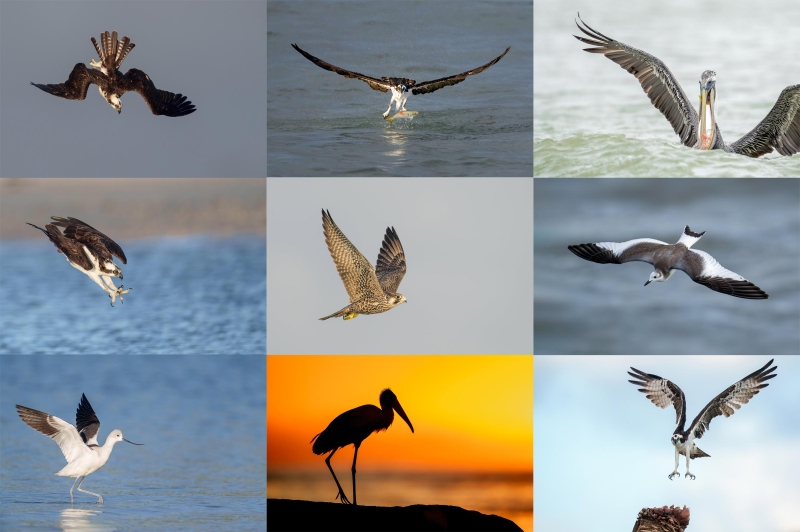







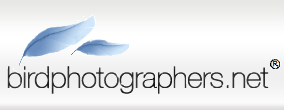


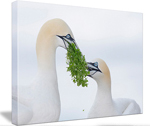



Leave a Reply